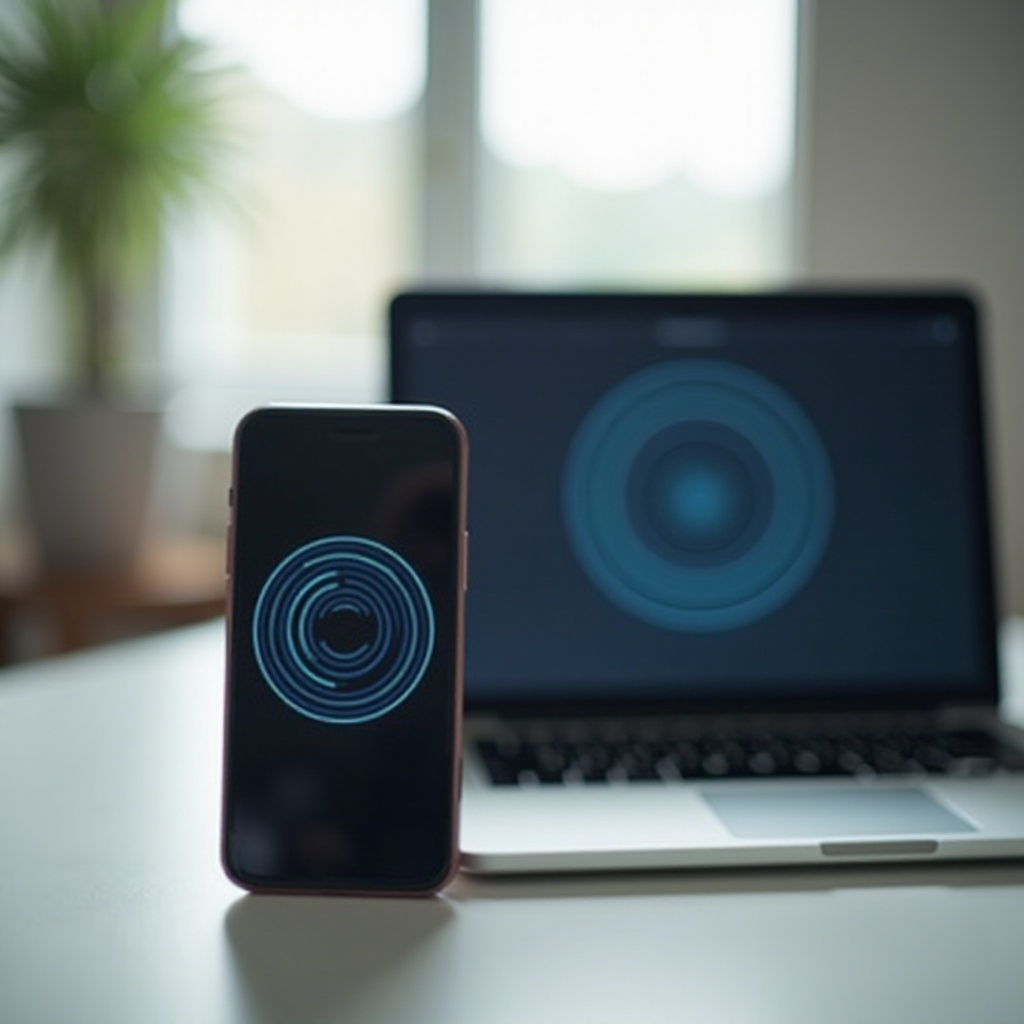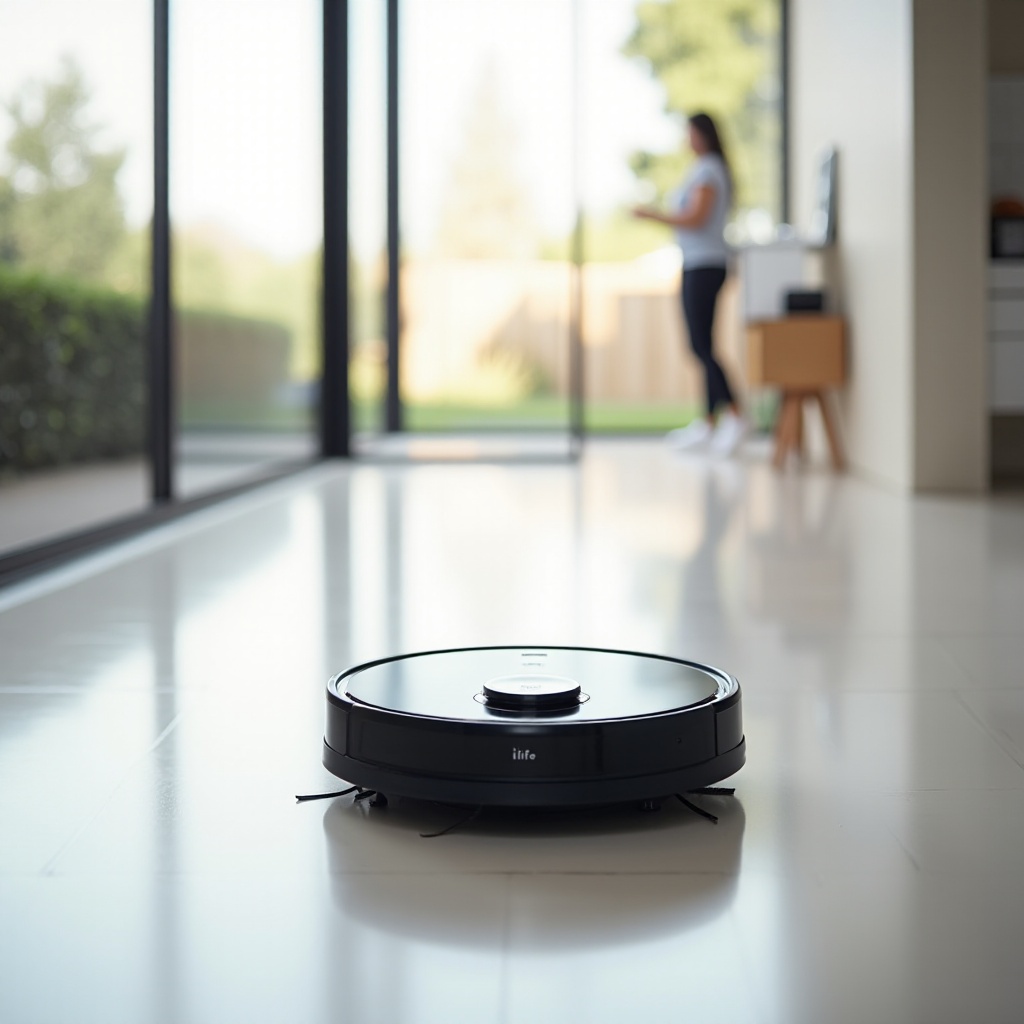Introduction
Ever wondered why your phone often has a stronger signal than your laptop? This is a common question for many users who rely on both devices for internet connectivity. While it might seem perplexing at first, the answer lies in the technology, design, and functionality of the devices. This article explores the factors behind the disparity in signal strength between smartphones and laptops. By understanding these aspects, you’ll gain insights into how these gadgets work and what affects their signal reception.

The Technology Behind Your Devices
To comprehend why your phone might have a stronger signal than your laptop, it’s essential to understand the core technologies that drive these devices. Smartphones are meticulously designed to be communication devices, equipped with features to ensure reliable signal reception. They use advanced cellular technology, specifically designed for optimal signal capture.
On the other hand, laptops usually rely on WiFi for internet connectivity. While some laptops have cellular capabilities, they are not as sophisticated or prioritized as those in smartphones. This distinction in focus leads to a noticeable difference in signal strength between the two types of devices.
Antenna Design and Placement
One major factor contributing to stronger signal strength in phones is antenna design and placement. Smartphones have multiple antennas strategically placed to maximize reception, regardless of how the device is held. These antennas are purposefully designed to be highly sensitive and optimized for capturing various communication signals, including cellular, WiFi, and Bluetooth.
In contrast, laptops generally have fewer and less sophisticated antenna systems. Their antennas are often placed in the screen or around the keyboard, areas that might not always be optimal for capturing signals, especially when the user is moving around or in a less-than-ideal location.
Key Points:
- Phones typically have multiple, strategically placed antennas.
- Laptops have fewer antennas, less optimized for varied positioning.
- Antenna design is critical for signal reception strength.

Communication Frequencies
Communication frequencies play a crucial role in signal strength. Smartphones operate on a range of frequencies, including lower bands that can penetrate buildings and cover longer distances. This ability allows phones to maintain a stable connection even in challenging environments.
Laptops, primarily using WiFi, operate on higher frequencies (2.4 GHz and 5 GHz bands). These higher frequencies can struggle with obstacles such as walls and furniture, leading to weaker signals in complex environments. While higher frequencies can provide faster internet speeds, their penetration capabilities are limited compared to the lower frequencies used by cellular networks.
Key Points:
- Phones use lower frequencies suitable for better penetration and range.
- WiFi in laptops operates on higher frequencies, less effective in penetrative capacity.
- Environmental factors can significantly affect WiFi signal strength.
Power Consumption and Signal Processing
Power consumption and signal processing capabilities also influence signal strength. Smartphones are continuously optimized to balance power usage while ensuring strong signal reception. Their processors and network modules are designed for efficient signal processing, even in low-signal areas.
Conversely, laptops prioritize computational power and battery life for various tasks. Network signal processing is, therefore, not as advanced or efficient. This difference means laptops may not always dedicate enough power to sustain strong signal reception, especially when handling multiple tasks simultaneously.
Key Points:
- Phones optimize power usage for continuous strong signal reception.
- Laptops prioritize computational tasks over network signal processing.
- Efficient signal processing can significantly boost reception.

Real-World Scenarios
In real-world scenarios, the difference in signal strength becomes evident. Imagine being in a crowded place, like a café or a park. Your phone, with its advanced antenna design and optimized signal processing, maintains a stable connection. Meanwhile, your laptop may struggle, dropping signals or experiencing slower internet due to sub-optimal antenna positioning and frequency limitations.
Similarly, in a building with thick walls, your phone can latch onto lower frequency signals that penetrate the structure. In contrast, your laptop’s WiFi signal might weaken considerably, affecting your internet experience.
Key Points:
- Phones maintain stable connections in crowded or challenging environments.
- Laptops struggle with signal reception due to design and frequency limitations.
- Real-world usage scenarios highlight the strength disparities.
Conclusion
Understanding why your phone signal is stronger than your laptop’s revolves around the design, technology, and purpose of the devices. Smartphones are built for robust communication with advanced antenna systems, optimized signal processing, and the ability to use lower frequencies that penetrate obstacles. Laptops, while versatile, do not prioritize network signal reception to the same extent. By knowing these factors, you can better appreciate the differences and possibly improve your device’s connectivity.
Frequently Asked Questions
Why is my phone signal better than my laptop’s in urban areas?
In urban areas, numerous obstacles and sources of interference affect signal strength. Phones use lower frequency bands that penetrate buildings more effectively, while laptops rely on higher WiFi frequencies that face more obstacles, leading to weaker signals.
Can I improve my laptop’s WiFi signal?
Yes, you can improve your laptop’s WiFi signal by:
1. Positioning it closer to the router.
2. Using a WiFi extender or repeater.
3. Updating the laptop’s WiFi drivers.
4. Opting for an external USB WiFi adapter with a stronger antenna.
Does the laptop brand affect WiFi signal strength?
The brand can affect WiFi signal strength, as laptop manufacturers use different antenna designs, placements, and network modules. Premium brands might offer better-optimized components, leading to improved signal reception compared to budget models.


